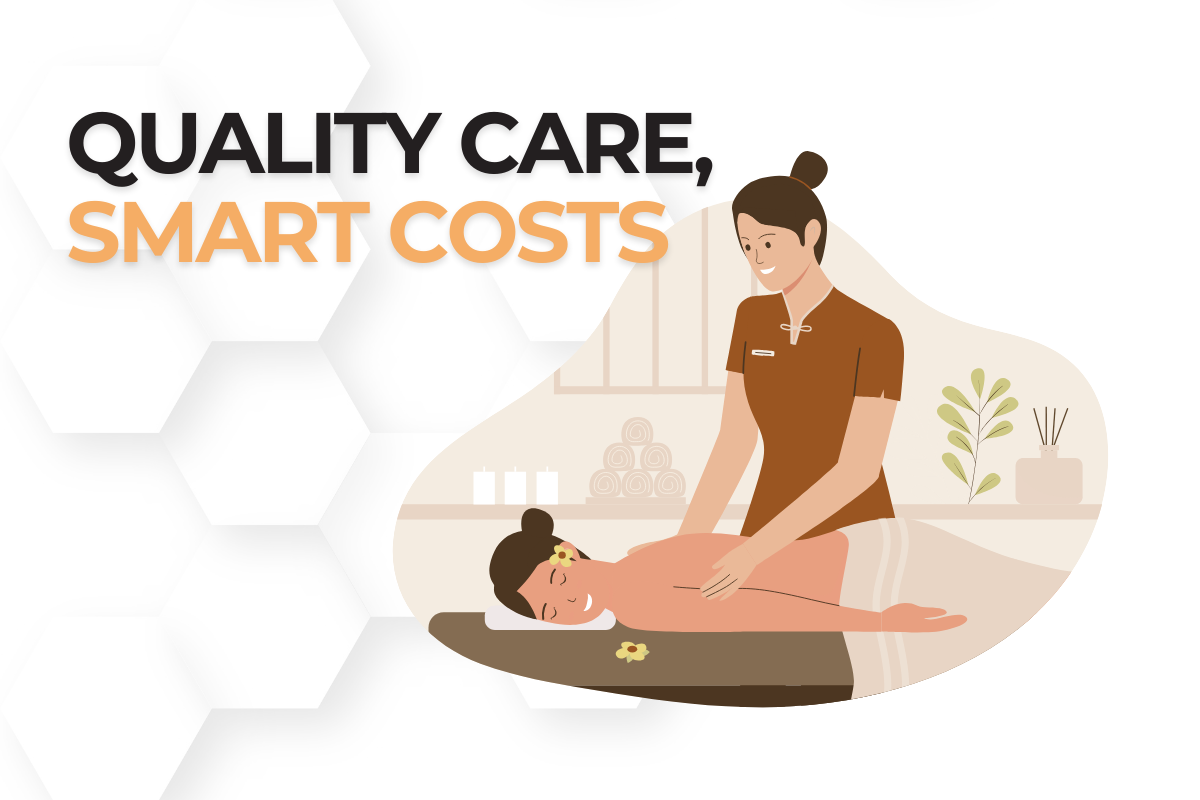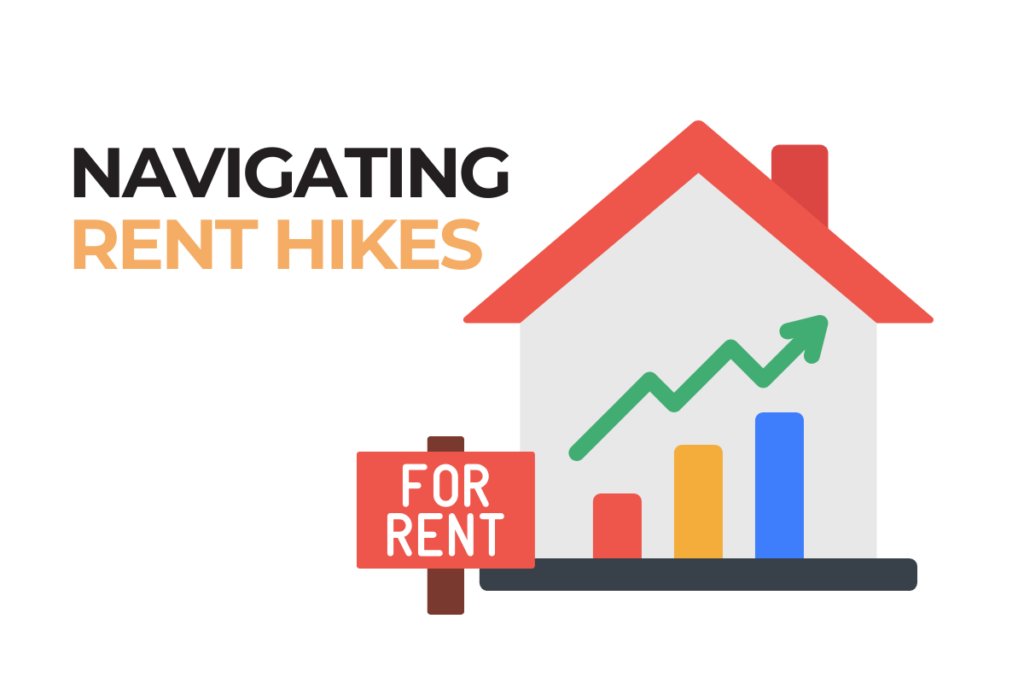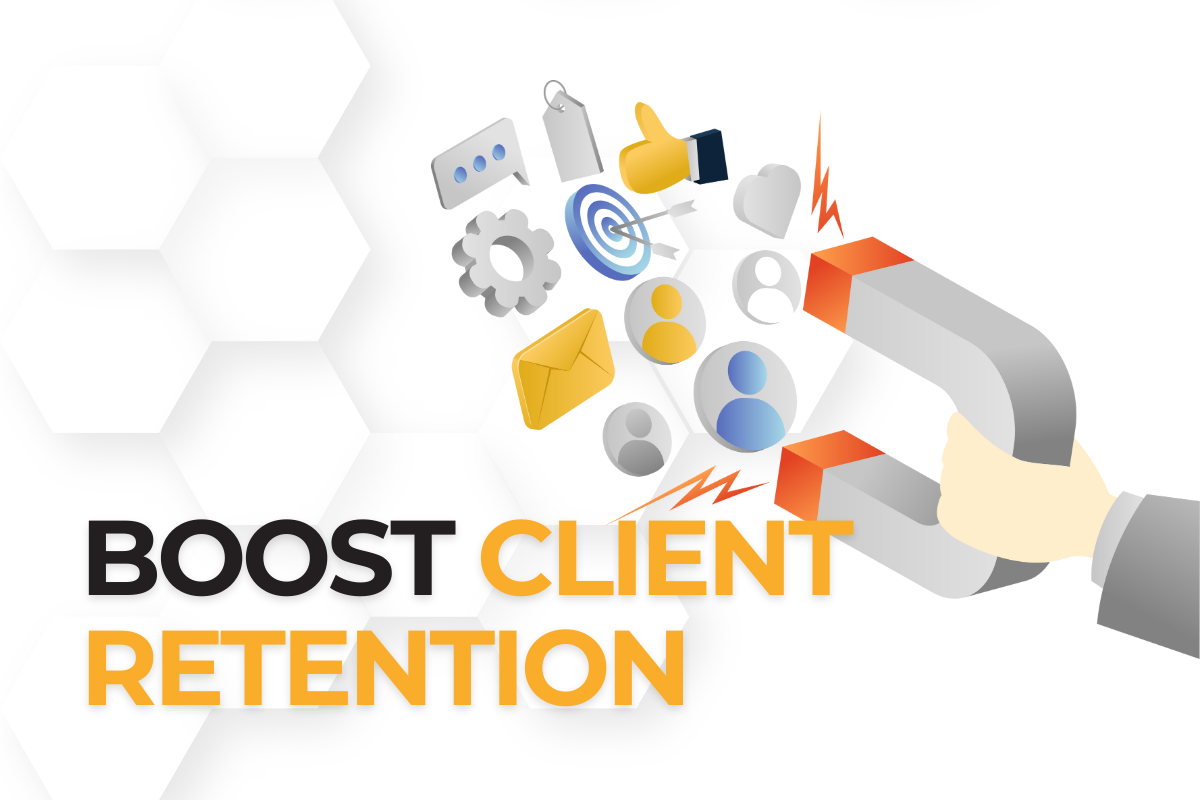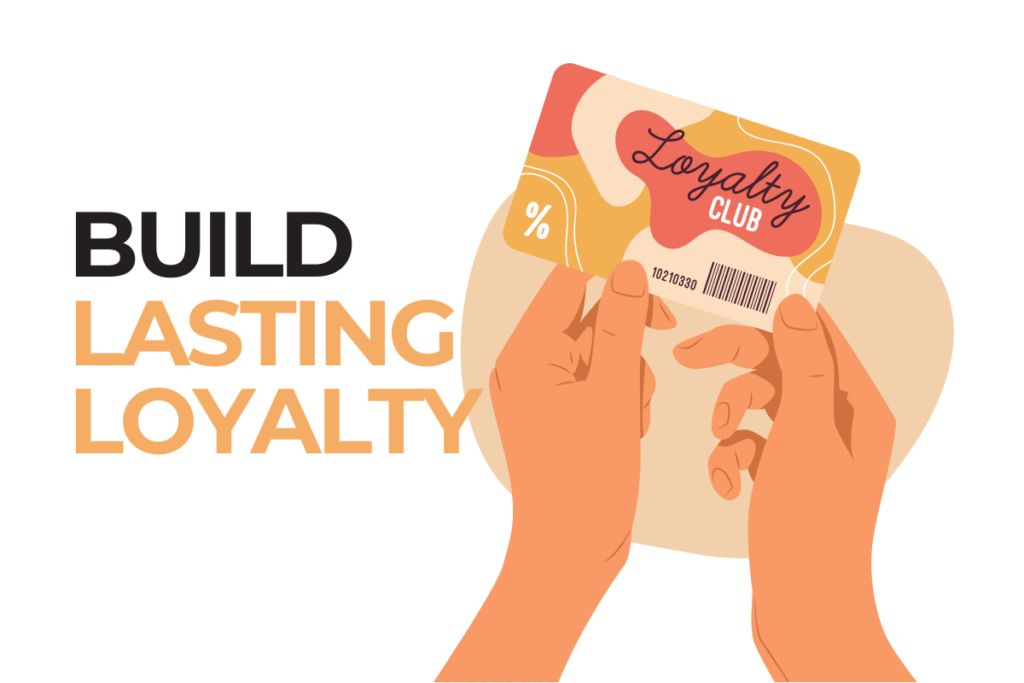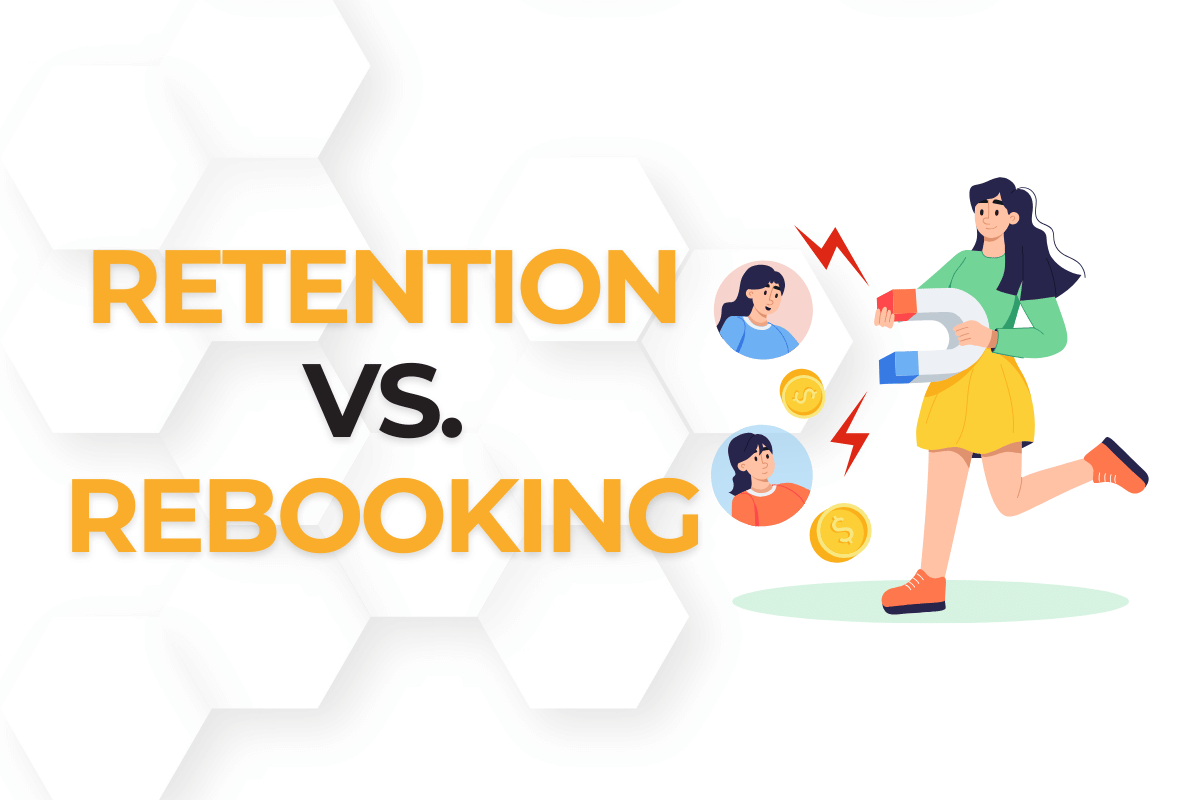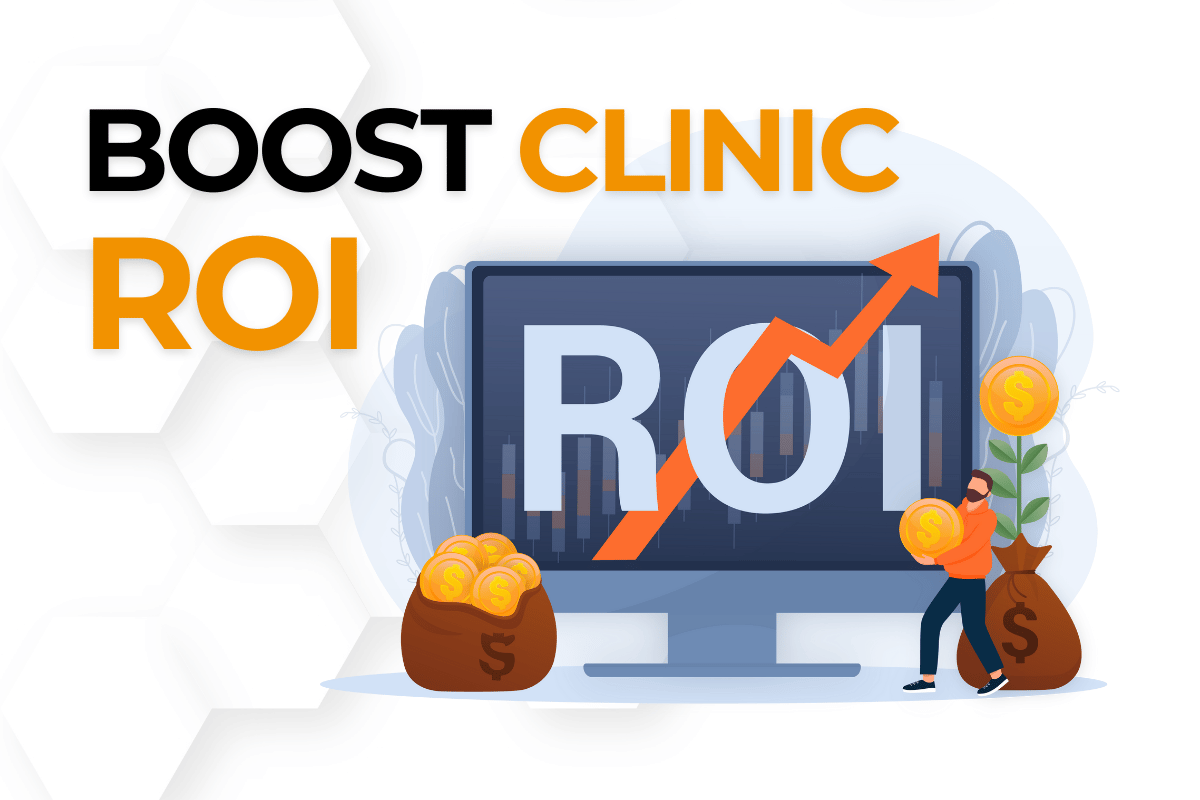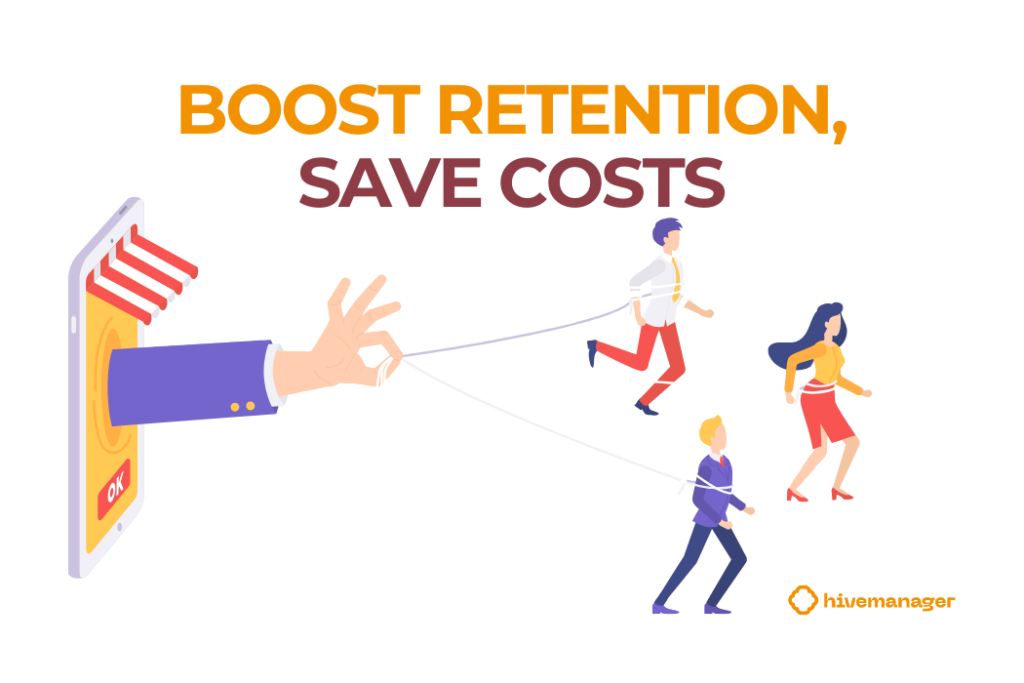Finding the Sweet Spot Between Costs and Client Satisfaction
As a massage therapy clinic owner, you’re no stranger to the constant tug-of-war between keeping expenses in check and delivering the exceptional service your clients not only expect but deserve. Rising overhead costs, competitive pricing pressures, and the ongoing challenge of attracting and retaining skilled therapists can often make it feel like finding the perfect balance is an unattainable goal. Meanwhile, the demand for consistent quality from increasingly discerning clients only adds to the pressure, leaving you grappling with difficult decisions about where to invest and where to cut back.
This guide will help you navigate these challenges with confidence, offering actionable strategies tailored to your unique needs as a clinic owner. From practical cost-management techniques to innovative ways of enhancing service quality, we’ll provide insights to help you achieve financial stability, maintain exceptional care, and ensure long-term business success—all while staying true to your mission of promoting health and wellness.
Analyzing Your Cost Structure for Maximum Efficiency
Understanding Fixed and Variable Costs
Breaking your expenses into fixed and variable categories can help you identify where to cut back without affecting client experiences.
- Fixed Costs: Rent, utilities, and salaries for permanent staff remain consistent. Focus on renegotiating contracts or finding energy-efficient solutions to lower these costs.
- Variable Costs: Supplies like oils and linens fluctuate with client volume. Buying in bulk or finding reliable, affordable suppliers can significantly reduce these expenses.
Identifying Wasteful Spending
Audit your expenses regularly to spot unnecessary costs. For example, are you over-ordering supplies? Are there subscriptions or tools you rarely use? Redirect these funds to high-impact areas like staff training or upgraded equipment.
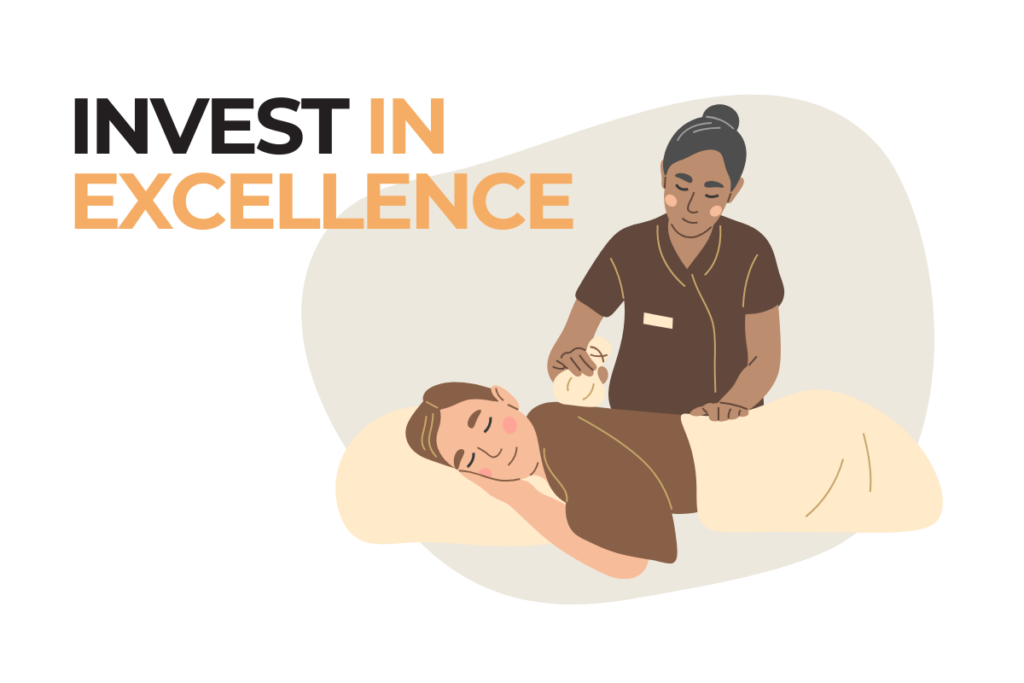
Enhancing Service Quality Without Breaking the Bank
Investing in Staff Skills
Ongoing education doesn’t have to be expensive. Look for:
- Free or Low-Cost Workshops: Local organizations or online platforms often offer affordable training.
- In-House Training Sessions: Create a knowledge-sharing culture where experienced therapists mentor newer staff.
For additional tips on cost-effective professional development, explore resources from American Massage Therapy Association (AMTA) on continuing education and skills advancement.
Small Changes with Big Impact
Sometimes, improving quality comes down to attention to detail:
- Fresh linens and a clean, calming environment enhance the client experience without significant cost.
- Personalized client care, like remembering preferences, builds trust and loyalty.
Pricing Strategies to Reflect Your Value
Setting Value-Based Prices
Your clients are willing to pay more if they feel they’re receiving exceptional care. Communicate the benefits of your services:
- Explain how your therapists are trained in specialized techniques.
- Highlight investments in premium materials or tools.
Dynamic Pricing for Flexibility
Adjust rates based on demand:
- Offer discounts during off-peak hours to fill slow periods.
- Charge a premium for high-demand slots like weekends or evenings.
Leveraging Technology to Streamline Operations
Clinic Management Software: A Game-Changer for Efficiency
Adopting tools like Hivemanager isn’t just about saving time—it’s about transforming the way your clinic operates. By automating administrative tasks such as appointment scheduling, billing, and client record management, you can significantly reduce manual errors and free up valuable time for your staff to focus on client care. Features like automated appointment reminders and follow-up messages ensure that clients stay engaged and on track, helping to cut down on costly no-shows and late cancellations. Additionally, tools like inventory tracking and performance analytics allow you to make data-driven decisions, optimizing both operations and profitability.
Online Booking Systems: Elevating Client Convenience
Giving clients the ability to book appointments online not only streamlines your scheduling process but also provides a seamless, user-friendly experience. An intuitive booking system allows clients to check availability, choose their preferred therapist, and secure their session in just a few clicks. This convenience appeals to today’s tech-savvy consumers, fostering loyalty and encouraging repeat visits. Additionally, online booking systems can offer upsell opportunities, such as suggesting add-on services or packages during the booking process, increasing revenue without additional effort.
When integrated with a robust clinic management platform like Hivemanager, online booking becomes even more powerful—syncing seamlessly with therapist schedules, tracking client preferences, and enabling automated follow-ups that keep clients engaged and coming back. Together, these tools not only reduce churn but also create a polished, professional image that sets your clinic apart.

Building a Loyal Client Base Without Overspending
Rewarding Repeat Clients
Loyalty programs keep clients coming back. Offer perks like:
- Free sessions after a set number of visits.
- Discounts for referrals, boosting both retention and new client acquisition.
Listening to Feedback
Encourage honest reviews and act on suggestions. Addressing pain points quickly shows clients you value their input, strengthening relationships.
Marketing on a Budget: Standing Out in the Crowd
Utilizing Social Media
Platforms like Instagram and Facebook allow you to:
- Share before-and-after success stories (with client permission).
- Post educational content about the benefits of massage therapy.
Encouraging Word-of-Mouth Referrals
Create a referral program that incentivizes existing clients to spread the word. A simple discount or bonus session for each referral can go a long way.
Thriving Without Compromising on Quality
Balancing costs and quality service is not merely about cutting expenses—it’s about making intentional, strategic investments in the areas that truly enhance client satisfaction, employee engagement, and long-term business growth. To achieve this balance, it’s essential to have a clear understanding of your spending, identifying areas where efficiencies can be gained without sacrificing the quality of care that sets your clinic apart.
Refining your pricing isn’t just about covering costs—it’s about communicating the value of your services and ensuring they align with the high standards your clients expect. Transparent, value-based pricing can strengthen client trust while supporting the sustainability of your business.
Leveraging technology, such as comprehensive clinic management software, can streamline operations, reduce administrative overhead, and create a more seamless client experience. Tools like automated reminders, online booking systems, and data-driven performance metrics not only improve efficiency but also provide insights that help you make smarter, more impactful decisions.
By combining these strategies—optimized spending, strategic investments, and the intelligent use of technology—you can build a sustainable model that enhances your clinic’s reputation, drives client loyalty, and ensures consistent, long-term success.
FAQs
Communicate the value of your services. Highlight your therapists’ expertise, the quality of your materials, and any added benefits clients receive.
Consider online training platforms, free industry webinars, or in-house mentoring programs to reduce training costs.
Negotiate with suppliers, streamline administrative tasks with software, and focus on retaining loyal clients to minimize churn.
Software like Hivemanager automates appointment scheduling, sends reminders to reduce no-shows, and tracks financial data, saving time and reducing operational costs.


